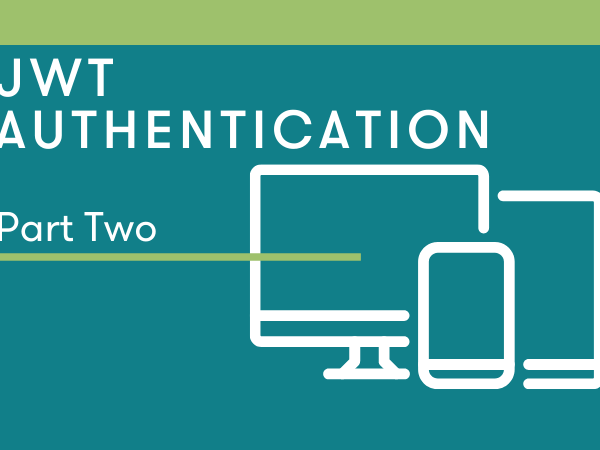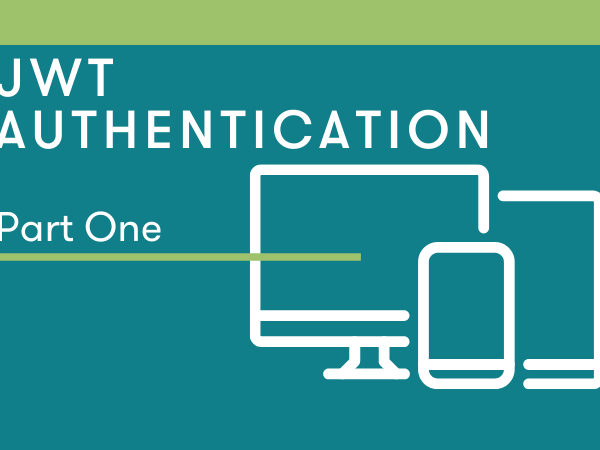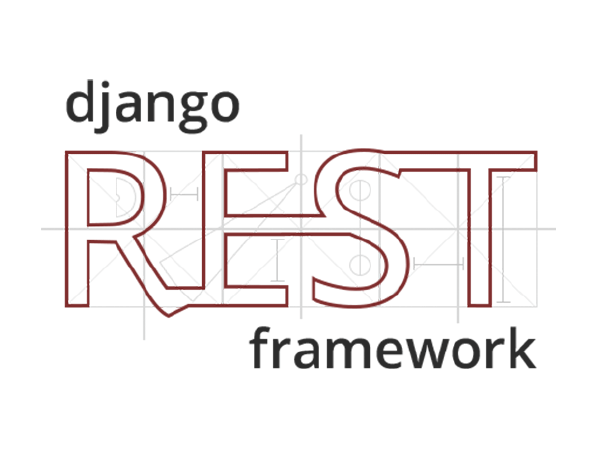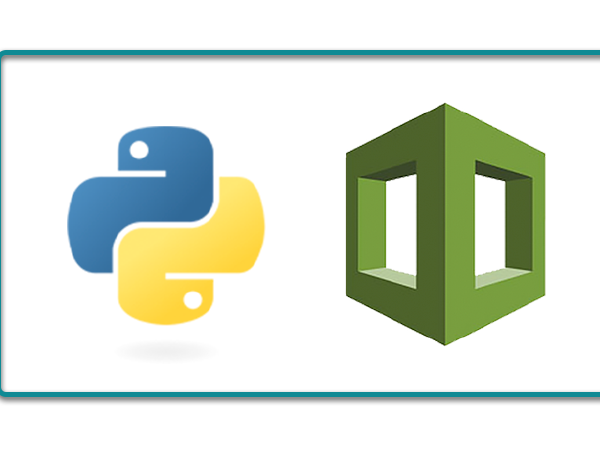JSON
2020

JWT Authentication: Rethinking the Pattern
Part two of a two-part series. View part one.
Stateless authentication with JSON Web Tokens — safely!
As developers who build REST APIs, we are quite familiar with JSON Web Token (JWT) based authentication. The typical pattern is this:

JWT Authentication: How Does it Work?
Part one of a two-part series.
A REST API is a wonderful way to expose application data to a wide variety of clients. Anything that can speak HTTP can communicate with a REST API, and these days that means an exciting variety of devices. From plain old web browsers to mobile devices to a whole array of IoT applications — there are a lot of good reasons to use a REST API. And if you’ve ever built one, you’re familiar with the predominant means of restricting endpoints to authenticated users — JSON Web Token (JWT) based authentication.
2019

How to Do Wagtail Data Migrations
Wagtail is a fantastic content management system that does a great job of making it easy for developers to get a new website up and running quickly and painlessly. It’s no wonder that Wagtail has grown to become the leading Django-based CMS. As one of the creators of Wagtail recently said, it makes the initial experience of getting a website set up and running very good. At Caktus, Wagtail is our go-to framework when we need a content management system.

A Guide To Creating An API Endpoint With Django Rest Framework
As part of our work to make sharp web apps at Caktus, we frequently create API endpoints that allow other software to interact with a server. Oftentimes this means using a frontend app (React, Vue, or Angular), though it could also mean connecting some other piece of software to interact with a server. A lot of our API endpoints, across projects, end up functioning in similar ways, so we have become efficient at writing them, and this blog post gives an example of how to do so.
2018

Basics of Django Rest Framework
What Is Django Rest Framework?
Django Rest Framework (DRF) is a library which works with standard Django models to build a flexible and powerful API for your project.
2017

Managing your AWS Container Infrastructure with Python
We deploy Python/Django apps to a wide variety of hosting providers at Caktus. Our django-project-template includes a Salt configuration to set up an Ubuntu virtual machine on just about any hosting provider, from scratch. We've also modified this a number of times for local hosting requirements when our customer required the application we built to be hosted on hardware they control. In the past, we also built our own tool for creating and managing EC2 instances automatically via the Amazon Web Services (AWS) APIs. In March, my colleague Dan Poirier wrote an excellent post about deploying Django applications to Elastic Beanstalk demonstrating how we’ve used that service.